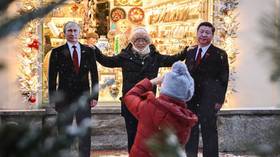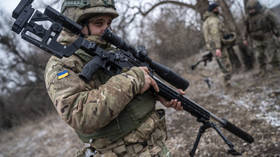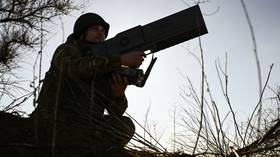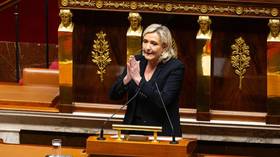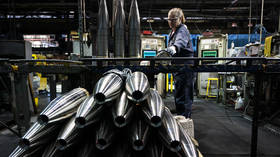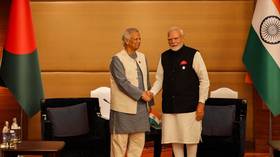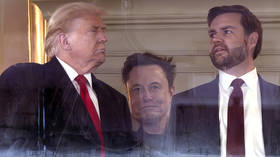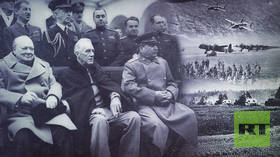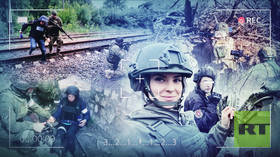Trump’s deal window: Will Moscow seize the moment?
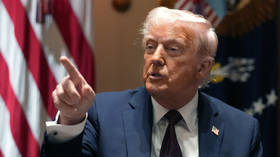
The diplomatic process surrounding the Russia-Ukraine conflict has taken a cautious step forward. The recent agreements reached in Riyadh may not yet constitute a breakthrough, but they represent the most significant diplomatic achievement since the grain deal of summer 2022.
Skeptics will note that the latest understandings lack firm guarantees. Indeed, Russia, the US, and Ukraine continue to differ in both the language and substance of their respective statements. Some argue that Moscow has no reason to rush. The military situation continues to shift in Russia’s favor, while political pressure mounts on the Ukrainian leadership. The assumption is that time is on Russia’s side, and that a slow, deliberate dialogue – backed by growing leverage on the battlefield – is the smarter path to eventual negotiations.
But this wait-and-see approach is not without risks.
US President Donald Trump, unlike his predecessors, is a man who views foreign policy through the lens of transactions. He wants a deal – and quickly. If there is no visible movement toward a ceasefire, there is a real danger that an impatient and unpredictable Trump may lose interest in the process entirely. In one recent interview, he even suggested that Russia has a pattern of stalling, citing past negotiations that have yielded limited results.
If the Trump administration begins to believe that Moscow is dragging its feet, the possibility of a US-Russia summit will fade, and larger bilateral initiatives – such as sanctions relief or the unfreezing of reserves – could be shelved. This is precisely the scenario that opponents of US-Russia détente in both Washington and European capitals are hoping for.
Of course, implementing a ceasefire also brings complications. If it fails to evolve into a broader peace settlement, Russia could be left with yet another frozen conflict, constantly at risk of reigniting. But these risks may be worth taking.
If Trump does succeed in brokering a ceasefire, it will make his administration – and Trump personally – responsible for ensuring that the process does not unravel. This could be an opportunity for Moscow: To expect Washington to lean heavily on Kiev and follow through on securing a lasting peace.
Washington is reportedly aiming for a ceasefire by Easter (April 20). This seems overly ambitious. Even the more symbolic target of Victory Day (May 9) may be difficult to meet. But achieving substantive progress by the St. Petersburg International Economic Forum in June (18-21) is realistic.
With senior American business leaders likely to attend – and possibly US officials such as Special Envoy Steve Witkoff or Secretary of State Marco Rubio – Russia may find the ideal stage to showcase progress. And if negotiations continue smoothly, even a personal visit from Trump to St. Petersburg cannot be ruled out.
This article was first published by Kommersant, and was translated and edited by the RT team.
